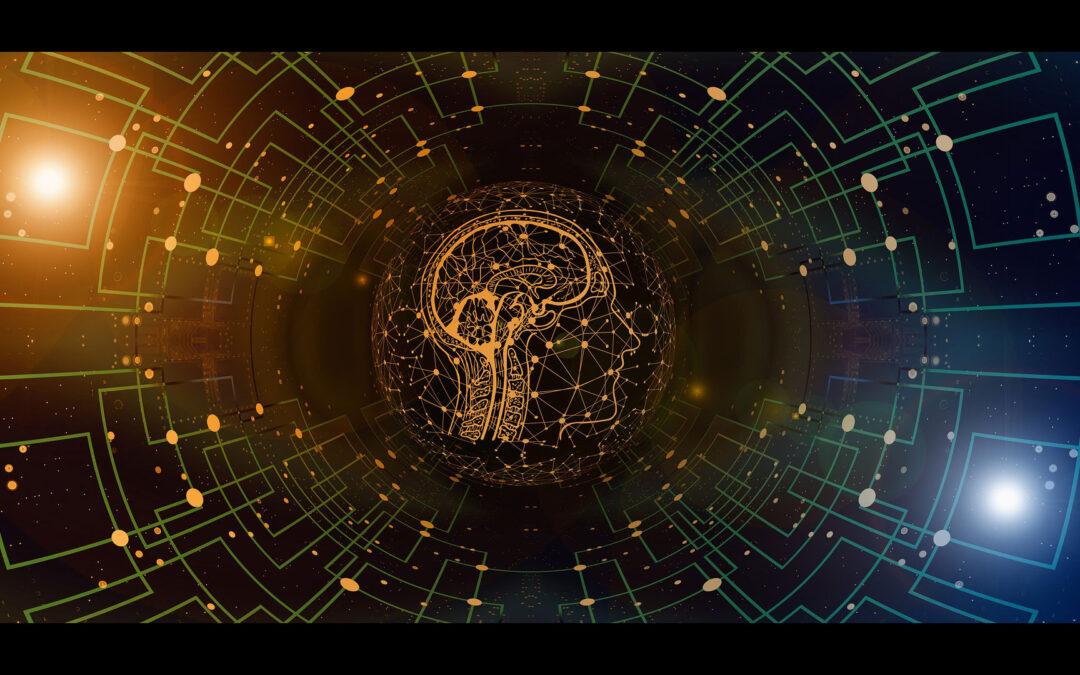There are more and more Artificial Intelligence solutions that allow machines to understand visual data. In particular, we can define that branch of AI that replicates the functions of the human visual apparatus such as Computer Vision. An example is Image & Video Recognition which automatically classifies data from images and videos and returns information. This makes it possible to automate various processes and various advantages for the organizations that use them.
How Image & Video Recognition works
The classification of visual data works through the use of machine learning technologies. They reconstruct a sort of map on a type of input transforming it into an output. Specifically, Computer Vision is based on deep learning. Let’s take an example:
We ask the computer a question (input) and, through artificial neural networks, it gives us an answer (output).
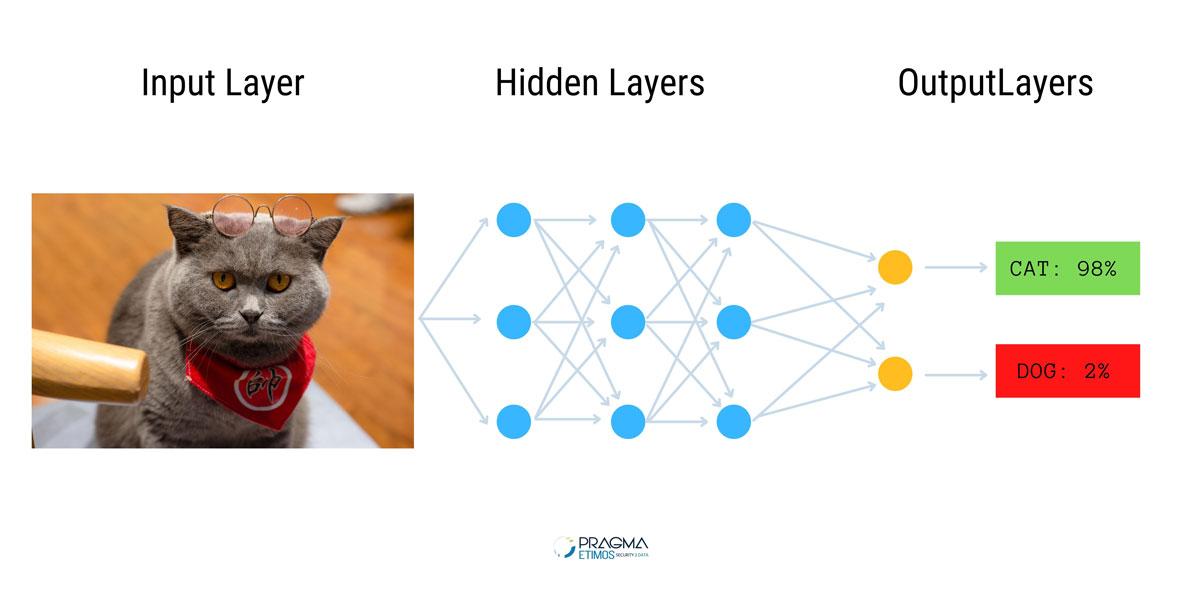
The model must be trained in image recognition. In fact, to be functional, it requires a wide availability of data that have a clear relationship with the objective for which Artificial Intelligence is used. For example, if the Video Recognition solution serves to identify cars with certain characteristics from a camera, the data with which the model will be trained will represent images of cars. In addition, other models could be added to identify the color of the car we are looking for.
A feature of Artificial Intelligence is that the model learns from new inputs. Obviously, this is only possible if the new data also have a clear relationship with the goal of the AI. However, the learning process must be monitored by humans, so that the algorithm understands what it has to learn.
Image & Video Recognition: some examples of use
Today, several devices equipped with Artificial Intelligence are available on the market, capable of transforming visual data into information. However, in order to take advantage of Image & Video Recognition solutions, it is not necessary to have ultra-technological devices. In fact, there are Computer Vision software that are adapted to machines that do not have AI.
The uses that can be made of it are various:
- Diagnosis of patients with certain diseases
- Monitoring of gatherings (useful in times of pandemics)
- Identification of malfunctions
- Increased security through more accurate video surveillance, even in real-time
- Visual quality control of the product
- Analysis and monitoring of the movement of perishable goods
The added value of Image & Video Recognition solutions
One of the first advantages that comes to mind when thinking about Image & Video Recognition is first and foremost the speed of analysis. In fact, these Computer vision software are able to process and analyze large amounts of data in a much shorter time than a person would. As a second advantage we can consider the reduction of costs. It is not only due to the speeding up of the analysis processes. In fact, AI allows you to use fewer human resources in low-value activities and entrust them with jobs with greater profitability. The third advantage is accuracy. Human attention decreases with the passing of hours dedicated to the activity, while the efficiency of the machine always remains the same. In addition, the latter offers more continuity, being able to work 24×7.
Machine Learning systems are able to extract new elements and meanings thanks to the automatic learning process. On top of that, an AI model can easily be duplicated across multiple virtual machines, thereby increasing the processing speed.
The human role in Computer Vision
We have seen how this type of intelligent technology offers countless benefits for human work. To some, however, it may seem that it replaces people’s activities, taking away jobs. In reality, the integration of technology is aimed at those low-value activities, so that human resources can devote more time to high-value ones.
In fact, AI only achieves the objectives for which it was built. She cannot recognize contexts other than those for which she was trained. For example, if its functionality is to recognize breast cancer, it will do it much faster than a human being, but it will not be able to identify any other diseases of the patient. To have a broader view, the intervention of a specialized doctor will be required.
Artificial Intelligence is certainly bringing and will continue to bring about great changes in work processes. This entails the urgent need for new professional figures and the training and updating of existing ones to make human and artificial labor complementary to each other.
Pragma Etimos: Image & Video Recognition solutions
Pragma Etimos develops Image & Video Recognition solutions tailored to customer needs.
Starting from visual data we offer services of:
- Identification of licence plates
- Identification of people
- Vehicle identification
- Object identification
- Animal identification
- Emotion recognition
- Recognition and segmentation of people by age
- Recognition and segmentation of people by gender
- Check facial features of people even within groups
- Face / name matching
MORE TO EXPLORE …
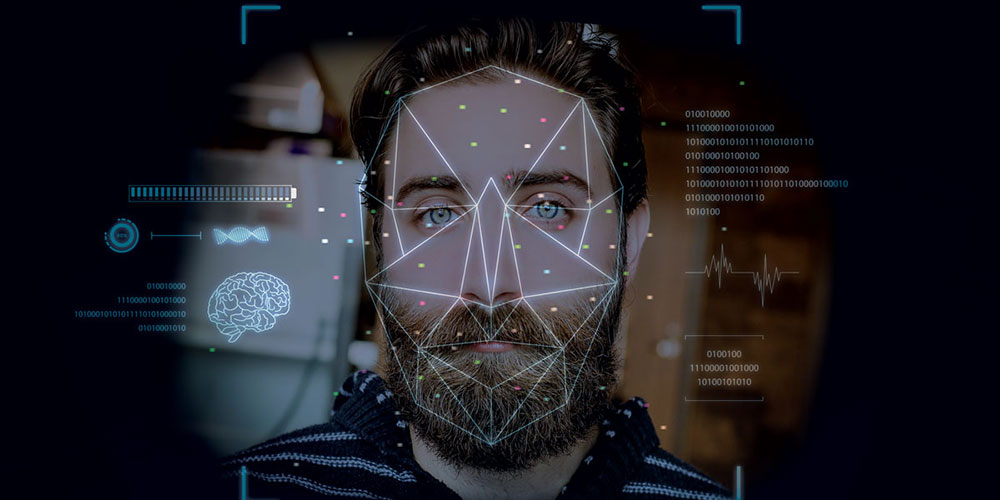
BIOMETRIC IDENTIFICATION: FACE RECOGNITION AND FACE COMPARISON
Biometrics is increasingly used for the identification and authentication of a person through Face Recognition and Face Comparison technologies. Facial biometrics acquires a face from an image or video and transforms it into digital data based on the facial features:…
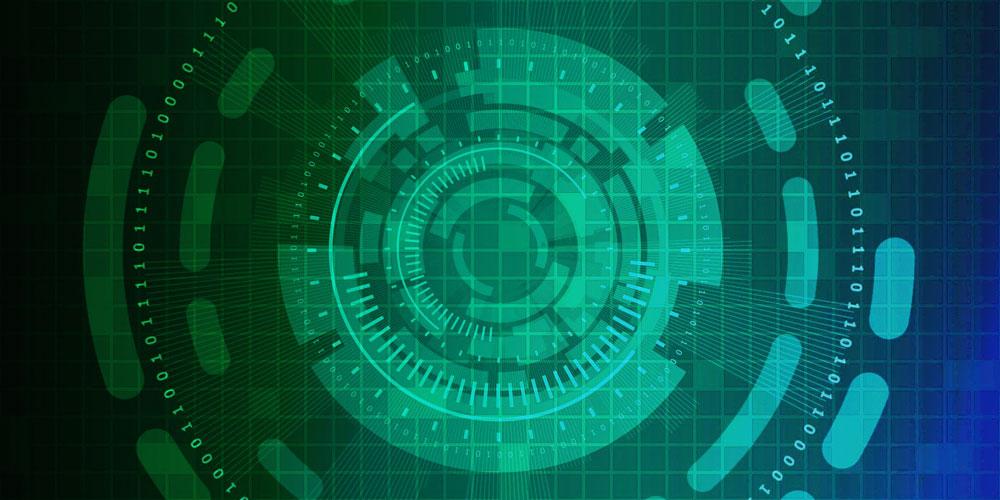
COMPUTER VISION AND SUSTAINABILITY: WHY WE START FROM GREEN DATA
Technological innovation is today at the heart of sustainable development. An area of particular interest is that of Computer Vision. This branch of Artificial Intelligence shows great potential. We can define it as the element that makes machines / computers capable…
